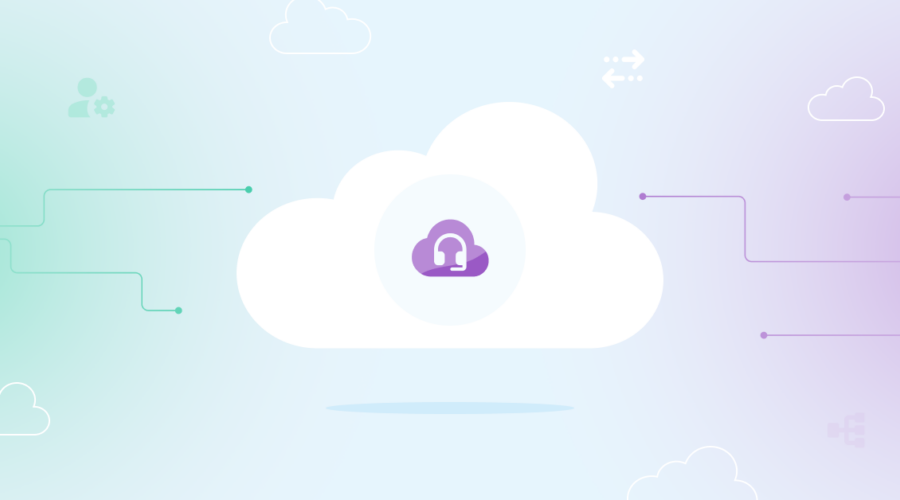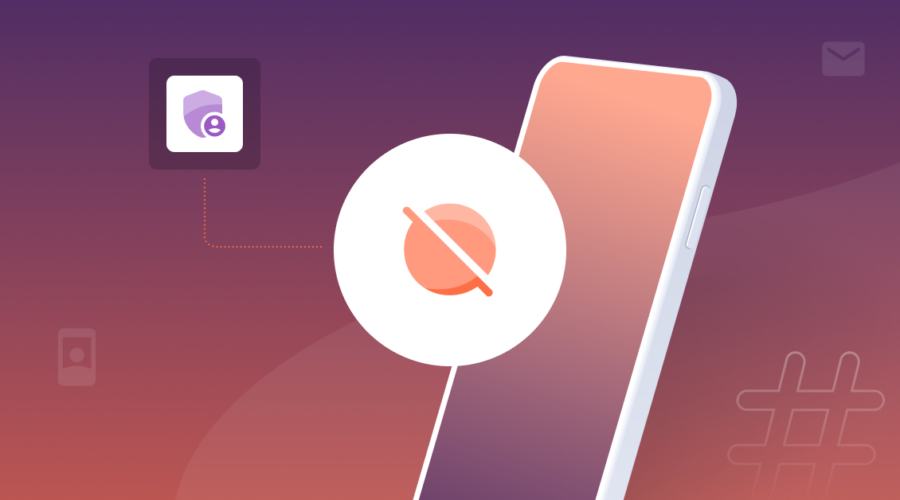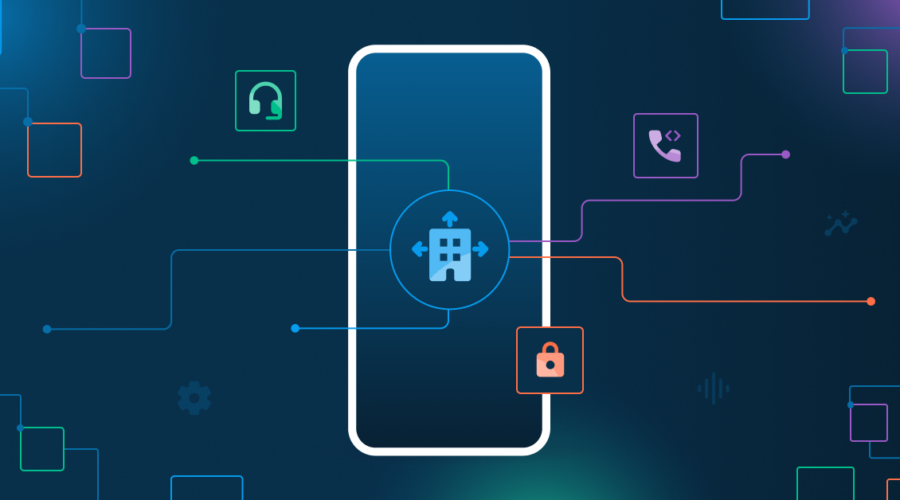Average Handle Time (AHT)
What is Average Handle Time?
AHT (Average Handle Time) is how contact centers measure the average length of time for a transaction. AHT a standard contact/call center KPI used to measure agent productivity.
The AHT clock starts measuring the interaction once the conversation between the user and the contact center starts. It includes any time the user is put on hold and any follow-up tasks after the call has been completed.
What is a “good” Average Handle Time?
AHT benchmarks vary from company to company. A contact center’s product offerings and services, and the structure of a support organization are all variables that can influence handle times.
With that said, a lower AHT doesn’t necessarily mean better. Agents don’t want to rush customers. This means a “good” Average Handle Time should comfortably sit somewhere between five to six minutes per call, though this varies enormously depending on the industry.
Why is measuring Average Handle Time important?
Forrester2 found that customers are 2.4 times more likely to stay with a company that resolves their problems quickly. That’s why AHT is so important.
A faster AHT ensures that the customer’s time and the agent’s time are not wasted. Average Handle Time is an important KPI, as it measures a call center’s efficiency.
The best way to improve AHT is by first measuring it. Optimizing handle times can massively improve customer experience—hold times can be reduced, and agents can handle a larger call volume.
How to measure Average Handle Time
You calculate the AHT using the below formula:
(Total talk time + total hold time + follow up) / calls = AHT
This number is always calculated in minutes or seconds.
For example, if you have 100 calls that average out to be 2,000 minutes of talking, 500 minutes of holding, and a follow-up of 100 minutes, your formula would look like this:
(2000+500+100) / 100 = 26 minutes
This means 26 minutes is your Average Handle time–which is high! Call Centre Magazine1 reports the usual AHT is just over 6 minutes.
You can also calculate a contact center’s AHT for messaging, chats, or emails with the same formula.
How to optimize Average Handle Time
If you see that your agents’ AHT is higher than your benchmarks, consider taking the following steps to improve:
Identify the cause of your high Average Handle Time
To fix a problem, you first have to find the cause of the problem. A lot of factors go into AHT. When looking for a fix, consider the following first:
- New/inexperienced contact center agents
- Short staffing
- Inaccurate call routing
- Spoof/fraud calls or security questions
We’ll dive into how to solve some of these problems below.
Monitor performance
AHT is not the only important metric to consider when evaluating performance. Consider reviewing some of the following KPIs too:
- Average wait time
- Longest wait time
- Average talk time
- Calls missed
- Calls declined
- Abandoned in queue
- Average time to answer
- Average hold time
These other metrics give deeper insights into why AHT might be poorer than benchmarks.
Provide in-depth training sessions for your agents
New and untrained agents can majorly impact AHT. Untrained agents might fumble or ramble, wasting their time and their customer’s time. Make sure that all of your agents have been fully trained on how to guide a customer call so the right amount of information is provided without derailing the conversation.
Read about more top-notch customer service tips here.
Use calls in training
Record your agent calls and use them in training sessions. Much like a sports team might review their previous matches, listening back to the conversation is a great way for your agents to learn.
Your agents can also learn how to handle customers who have been on hold for a long time, how to best engage with callers, and what selling points work on different customer personas. Improving understanding of these things leads to an optimized AHT.
Work with your provider and your legal counsel to ensure your recording practices comply with applicable laws and best practices, including notice and consent requirements in your state or territory.
Update call routing
Make sure that your phone tree or IVR routing system is properly configured so the right callers are being sent to the right agents. Having a fully optimized call flow system means customers don’t ever have to worry about being sent to the wrong person. Having the right filters in your call routing also means agents don’t have to worry about dealing with bots or spam calls.
Bring in caller authentication
A low-hanging fruit in lowering Average Handle Time is reducing authentication steps in a call. Most contact centers resort to asking callers a series of security questions to ensure they are the genuine callers they claim to be. But genuine customers find having to recall and repeat personal information frustrating. And spoof callers still get through.
The result? Increased customer frustration, wasted time dealing with spoof and fraud calls, and valuable seconds added to your AHT for security questions.
Fortunately, caller authentication solutions exist and these can help verify callers before they even reach your agents.
Measure with care: How to best use Average Handle Time for your business
AHT is a popular metric for call centers, but it should be used with caution. Consider using the median AHT instead of the average, so you take into account outliers like extremely long or extremely short calls. Some issues take longer to solve, and that doesn’t mean your agents are delivering a poor experience.
Agents might also forget to clock out of an issue while they go out for lunch – or while they go home for the weekend. Those times would massively throw off AHT, but if you look at the median handle time, those outliers aren’t as much of an issue.
AHT also doesn’t take into account how your agents might be building relationships with their customers. Small talk, like asking how a person’s day is going, might make AHT look worse on paper, but in practice, it helps improve customer experience.
Need better CX?
Looking for ways to improve your contact center experience? Consider solutions like Call Verification that reduce the number of spam callers to your call center.
Check out Call Verification



